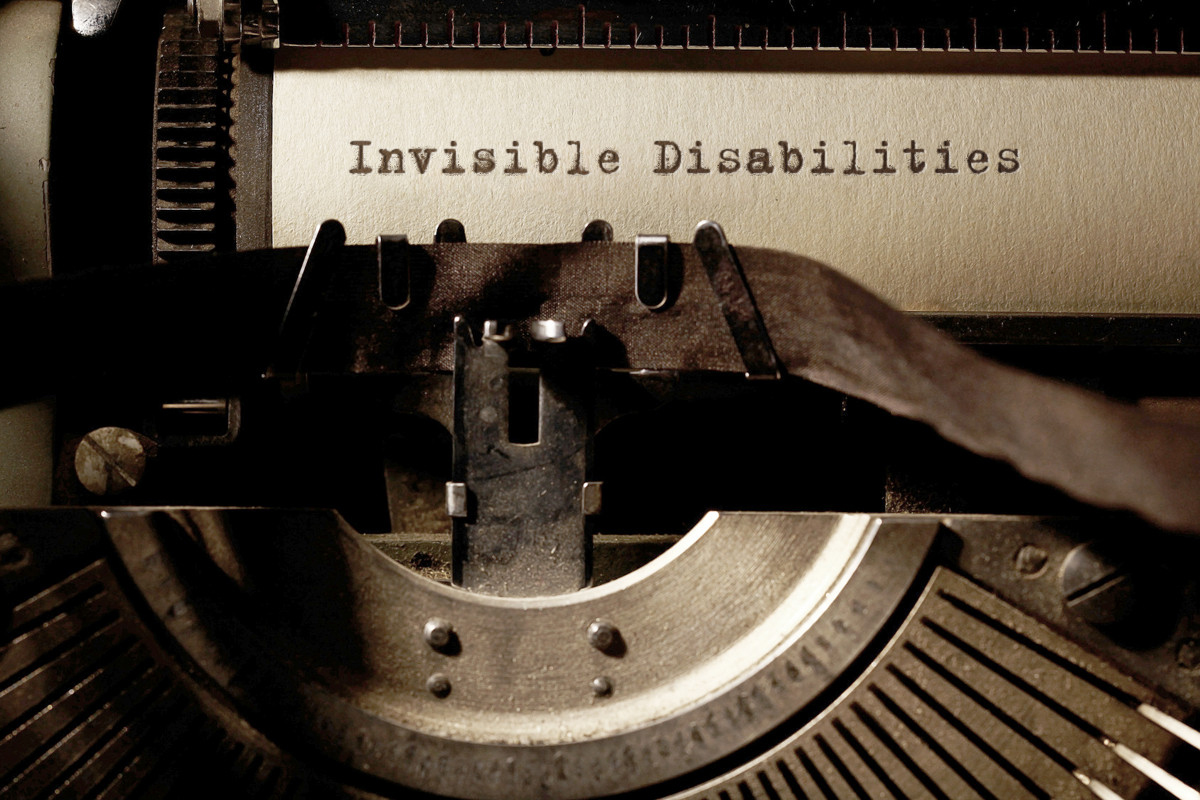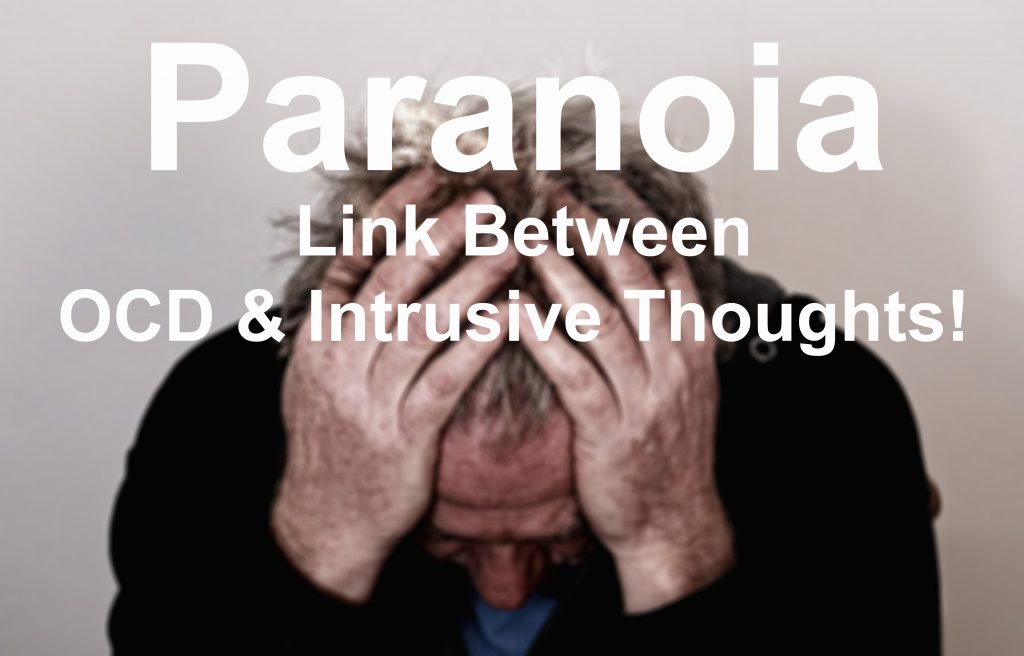
Image Created by PhotoFunia.com
Understanding Life Stress and Mental Health: A Clear Distinction
Mental health, a significant point of confusion has emerged: the differentiation between everyday life stress and clinically diagnosable mental health conditions. As Mel Stride has pointed out, many people are conflating these two distinct experiences, leading to misunderstandings and potentially harmful assumptions about mental health. It’s crucial to clarify these terms to foster a more informed and supportive society.
Life Stress: An Everyday Occurrence
Life stress refers to the pressures and demands that arise from everyday situations. These can include work deadlines, family responsibilities, financial worries, and social obligations. While stressful, these experiences are typically transient and can be managed through coping mechanisms such as time management, exercise, hobbies, and social support. It’s normal to feel stressed in response to challenging situations, and this stress can even be motivating and beneficial when it drives one to solve problems and achieve goals.
Mental Health: A Clinical Perspective
Mental health, on the other hand, encompasses our emotional, psychological, and social well-being. It affects how we think, feel, and act, and influences how we handle stress, relate to others, and make decisions. Mental health disorders are medical conditions that involve changes in emotion, thinking, or behavior (or a combination of these). They are often accompanied by significant distress and problems functioning in social, work, or family activities.
Common mental health disorders include depression, anxiety disorders, bipolar disorder, schizophrenia, and obsessive-compulsive disorder (OCD). These conditions are not simply reactions to life stress; they are complex interactions of genetic, biological, environmental, and psychological factors. Diagnosis and treatment often require professional intervention, including therapy, medication, and lifestyle adjustments.
Here are some mental health illnesses that are distinct from everyday stress:
1. Major Depressive Disorder (Depression)
- Symptoms: Persistent feelings of sadness, hopelessness, and a lack of interest or pleasure in activities. It can also include changes in appetite, sleep disturbances, fatigue, and difficulty concentrating.
- Difference from Stress: Unlike stress, which is usually temporary and related to specific situations, depression is a chronic condition that significantly impairs daily functioning and well-being.
2. Generalized Anxiety Disorder (GAD)
- Symptoms: Excessive, uncontrollable worry about various aspects of life, such as work, health, or social interactions. Physical symptoms can include restlessness, fatigue, muscle tension, and sleep disturbances.
- Difference from Stress: While stress can cause anxiety, GAD is characterized by persistent and excessive worry that is disproportionate to the actual situation and is not limited to specific stressors.
3. Bipolar Disorder
- Symptoms: Extreme mood swings that include emotional highs (mania or hypomania) and lows (depression). Manic episodes may involve increased energy, reduced need for sleep, and risky behaviors.
- Difference from Stress: Bipolar disorder involves significant mood disturbances and periods of mania or hypomania, which are not simply responses to life stress but are part of a cyclical mood disorder.
4. Schizophrenia
- Symptoms: Distorted thinking, perception, emotions, language, sense of self, and behavior. It often includes hallucinations, delusions, and impaired cognitive function.
- Difference from Stress: Schizophrenia is a severe mental illness that affects how a person thinks, feels, and behaves, often leading to a loss of contact with reality, which is far beyond the temporary effects of stress.
5. Obsessive-Compulsive Disorder (OCD)
- Symptoms: Recurrent, unwanted thoughts (obsessions) and/or repetitive behaviors (compulsions). These behaviors are performed to alleviate anxiety but provide only temporary relief.
- Difference from Stress: OCD involves chronic and intrusive thoughts and rituals that significantly interfere with daily life, which is different from the temporary anxiety or habits that might be caused by stress.
6. Post-Traumatic Stress Disorder (PTSD)
- Symptoms: Intrusive memories, flashbacks, nightmares, severe anxiety, and uncontrollable thoughts about a traumatic event. It can also include avoidance behaviors and changes in mood and cognition.
- Difference from Stress: PTSD is a long-term reaction to a traumatic event and includes symptoms that persist and interfere with daily life, unlike the temporary stress response to challenging but non-traumatic events.
7. Borderline Personality Disorder (BPD)
- Symptoms: Intense episodes of anger, depression, and anxiety that may last from a few hours to days. It also includes unstable interpersonal relationships, self-image, and emotions.
- Difference from Stress: BPD involves pervasive patterns of instability in relationships, self-image, and emotions, which are more persistent and severe than typical stress reactions.
8. Eating Disorders (e.g., Anorexia Nervosa, Bulimia Nervosa)
- Symptoms: Extreme behaviors, thoughts, and emotions related to food and body image. This can include severe restriction of food intake, binge eating, and purging.
- Difference from Stress: Eating disorders are complex mental health conditions that involve obsessive concerns about weight and food, leading to dangerous behaviors, which go beyond stress-related changes in eating habits.
9. Attention-Deficit/Hyperactivity Disorder (ADHD)
- Symptoms: Persistent patterns of inattention, hyperactivity, and impulsivity that interfere with functioning or development.
- Difference from Stress: ADHD is a neurodevelopmental disorder with consistent symptoms across different settings, unlike temporary attention issues due to stress.
These mental health disorders require professional diagnosis and treatment, and they differ significantly from the temporary and situational nature of everyday stress.
The Dangers of Conflating Stress and Mental Health
Confusing everyday stress with mental health disorders can lead to several negative outcomes:
- Minimization of Serious Conditions: Equating life stress with mental health disorders can trivialize the experiences of those suffering from severe mental illnesses, leading to a lack of empathy and support.
- Inadequate Support and Resources: Those experiencing clinical mental health issues may not seek the necessary medical help if they believe their condition is just normal stress that they should be able to handle on their own.
- Stigma and Misunderstanding: Misconceptions about mental health can perpetuate stigma, making it harder for individuals to talk openly about their struggles and seek help.
The Role of Medical Expertise
Individuals need to understand that mental health is a complex medical field.
Those without a background in mental health or psychology should exercise caution when forming and expressing opinions on these matters.
Medical professionals undergo extensive training to diagnose and treat mental health disorders accurately. Their expertise is grounded in research, clinical practice, and a deep understanding of the human mind and behavior.
Conclusion
Life stress and mental health disorders, while related, are distinct concepts that require different approaches to management and support. By recognizing and respecting this difference, we can create a more empathetic and informed society. Those without medical training should be mindful of their limitations in understanding mental health and defer to professionals who can provide accurate diagnoses and effective treatments. As Mel Stride highlighted, this distinction is crucial in addressing mental health issues appropriately and compassionately.
If life stress becomes unbearable to the point where it significantly interferes with your ability to function in daily activities—such as work, school, or maintaining relationships—it’s crucial to seek medical advice. Persistent stress that leads to feelings of overwhelming anxiety, chronic fatigue, sleep disturbances, or a constant sense of being unable to cope may be indicative of a more serious underlying issue that requires professional intervention. Medical professionals can help differentiate between normal stress responses and potential mental health conditions, providing appropriate treatments and coping strategies to restore balance and improve quality of life. Ignoring such symptoms can lead to further deterioration in mental and physical health, making it imperative to address these concerns with the help of a healthcare provider.
Further Reading:
- Work and Pensions: “Stop Mistaking Ordinary Life Stress for Mental Illness” (msn.com)
- How stress affects your health (apa.org)
- Stress – Every Mind Matters – NHS (www.nhs.uk)
- Stress | Mental Health Foundation
- Managing stress and building resilience – tips – Mind
- How Does Stress Affect Mental Health? | Psych Central
#lifestress #stress #anxiety #diagnosed #mentalhealth #mentalhealthdisorders #ocd #bipolar #ptsd #adhd #bdp #eatingdisorders #depression #clinicaldepression


















